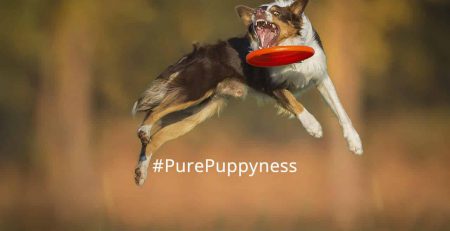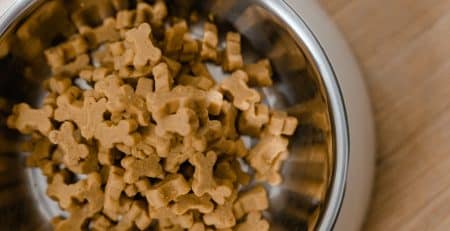From lush to patchy
You always were into dog breeds with lush, soft coats. You’ve been wanting a Golden retriever all your life and just about a year ago this cute ball of fluff wormed its way into your heart. There were many fluffy days so far and you hope there are many more to come. However, this morning, while running your fingers through your dog’s fur, you came across a hairless patch! No! It is two hairless patches! How didn’t you notice them before?!
Loss of hair is a common symptom in animals with fur. Losing patches of hair, better known of alopecia, can happen for many different reasons.
Parasites
Alopecia can be caused by parasites. It is therefore very important for dog owners to stay on top of their dog’s anti-parasitic treatment schedule. Parasites can be both internal and external.
Internal parasites usually cause alopecia through malnutrition where they hijack or damage the dog’s digestive system to a point where the dog is left without the ability to absorb the necessary amount of nutrients and slowly becomes emaciated. Examples of such parasites are Gardia, and different species of hookworms, whipworms, roundworms and tapeworms. Anti-parasitic pills are usually administered every few weeks to treat parasitic infections and keep new parasitic infections at bay.
External parasites such as fleas and ticks cause alopecia through the process of skin irritation. Flea and tick bites introduce certain allergens that are present in their saliva. These allergens cause inflammation and itching and the eventual loss of hair in that area. A mite infestation can also cause hair loss in dogs. These microscopic animals can either inhabit the hair follicle or the skin surface; this happens in the case of mange and scabies respectively. External parasites can be treated in a variety of ways. Treatment can come in the form of pills, tablets, drop-ons and spray.
Endocrine diseases
Endocrine diseases are those diseases that have to do with hormone production and hormone balance in the animal’s body. Endocrine related hair loss can be caused by the imbalances of sex hormones, mineralocorticoid hormones or glucocorticoid hormones. Alopecia that has to do with the endocrine system of the animal is usually indicative of more serious underlying problems. Hair loss in such cases are usually found in patchy, symmetrical arrangements around the animal’s body.
Oestrogen is one such hormone that can affect hair growth. Increased oestrogen is usually indicative of problems with the adrenal glands, ovaries or testicles of the animal. It can also come about due to over-dosage of oestrogen in hormone replacement therapy in incontinent female dogs and also due to conditions such as polycystic ovaries or tumours of the adrenal glands or ovaries. Both high and low testosterone levels in male dogs can also lead to alopecia. Androgen imbalance can come about due to testicular tumours (elevated) or castration (reduced). The adrenal gland can also suffer from a reduced production of an enzyme that leads to elevated androgen and progesterone levels.
Two other classical diseases affecting the adrenal gland which could end up with alopecia are Cushing’s disease (increased cortisol) and Addison’s disease (low mineralocorticoid and glucocorticoid levels).
Bacteria and fungi
Hair loss caused by bacteria or fungi (ex. Ringworm) usually come in random shapes, sizes, and locations around the body. Taking special precautions is very important when dealing with such organisms as some of these bacteria and fungi can be zoonotic, and can infect humans too. These infections are usually treated by systemic or topical treatment. Systemic treatment is usually used when the infection has established in multiple locations around the body. It is easier to treat all the different affected areas at once through oral (ex. antibiotic tablets) or parenteral (ex. Subcutaneous injection) application. The infection can be treated topically if it is located in one or two places that are close to each other. In these cases antiseptic and antibiotic creams are usually used. Make sure to prevent your dog from licking such ointments off unless indicated that it is safe for ingestion. Make your dog wear an Elizabethan collar if it helps.






















